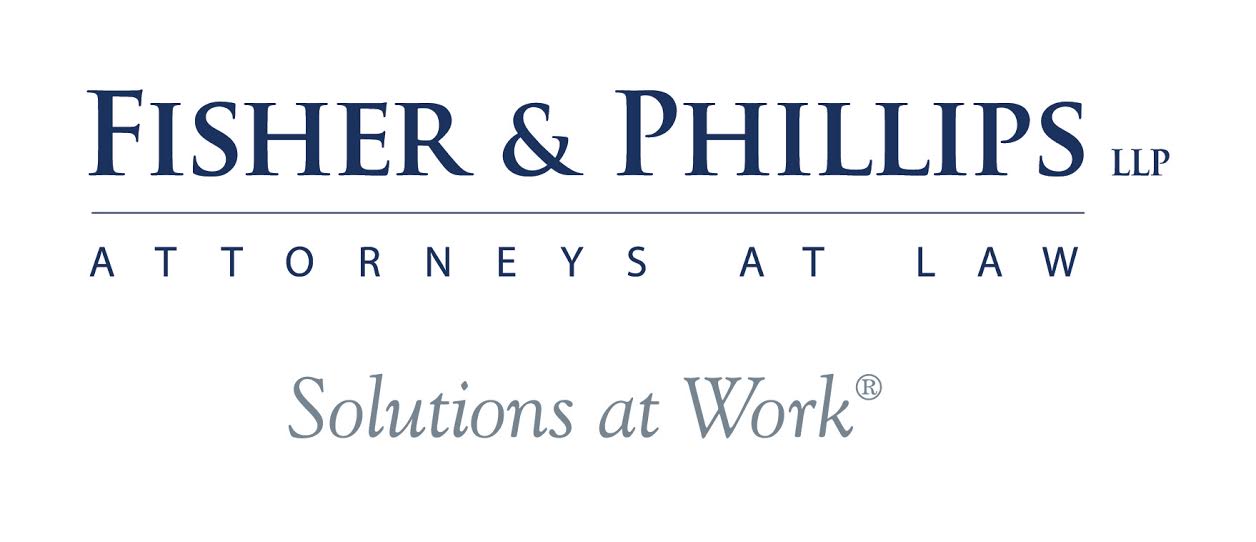
Special to the Philanthropy Journal
By Mason G. Alexander
I am a labor lawyer so of course I get hit up for free legal advice from family members. My sister is on the board of an out-of-state non-profit and called me about a specific employee situation. During the course of the conversation, it became apparent that her non-profit was not in compliance with federal wage and hour laws.
This non-profit is run by well-educated and honest people so you’re probably wondering how this could happen. Well, they made one mistake – they assumed the law is logical. As a result, their biggest errors were motivated, not by an attempt to cheat employees, but by a desire to stay on budget. Here are some lessons from what was being done at the organization and what should have been done.
Understand How Exemptions Work
First, many employees were classified as exempt – they were salaried employees who did not receive overtime pay. This is easy for budgeting purposes and each of these employees had a “manager” title. However, neither being salaried nor having a manager title makes an employee automatically exempt.
The “Executive Exemption” requires that someone be paid a salary of at least the required minimum (presently $455 per week, but expected to go to $921 per week next year). The exemption also requires that the person supervise at least two employees in a customarily recognized department. So paying someone a salary and calling that person the Public Relations Manager is not enough if the Public Relations Manager is not supervising at least two people.
The other type of exemption that non-profits seem to get wrong is the “Professional Exemption.” It has the same salary requirements described above but applies to “learned professionals,” which means more than holding a white collar job. Professionals include: physicians, lawyers, CPAs, licensed engineers and other similar professionals who have advanced knowledge in a field of science or learning customarily obtained by a long course of intellectual training.
 Pay Overtime in Cash, Not Comp Time
Pay Overtime in Cash, Not Comp Time
This particular non-profit had some employees classified as “non-exempt.” During the busy season, they often worked overtime. They were not paid overtime in cash, rather they were given paid time off (comp time). These employees received one-and-a-half hours of paid time off for every hour of overtime worked. So, in a sense, one could argue they were getting time and a half. Moreover, these employees had no complaints with the comp time program. Once again, it made budgeting easy. One could take the hourly rate, multiply by 2080 and get a firm number for annual wages.
Unfortunately, the law is neither flexible nor reasonable. Employees must be paid overtime in cash and they must receive it in the same week they receive wages for their straight time hours. The fact that employees prefer to take payment in the form of comp time is irrelevant. The employee cannot waive his or her rights under the Fair Labor Standards Act unless that waiver is approved by the U.S. Department of Labor or a judge. The reason for such a strict requirement is that Congress feared unscrupulous employers would require employees to waive their rights to minimum wage and overtime in order to get a job. This law was passed during the Great Depression, when not many jobs were available and job seekers were desperate.
Factor In Overtime for Any Bonus Period 
It is not uncommon for employers, including non-profits, to pay bonuses or offer some type of incentive pay. What many non-profits don’t realize is that an employee who has worked overtime during the bonus or incentive period must have overtime included in the bonus or incentive. Adding an overtime component is not particularly expensive but many employers just do not know they have to do it. They find out during a wage and hour audit.
The calculation is made as follows: Suppose Joe works 45 hours per week for each of the 13 weeks during the quarterly bonus period. His bonus is $500. Joe has worked a total of 585 hours, of which 65 hours were overtime. The bonus is divided by the total hours worked during the period. In this case, the bonus comes to .85 per hour. The employer will need to add a half time premium for the overtime hours that were worked. That means the bonus must be increased by .425 per hour (half of .85) for 65 hours. That comes to $27.63. So the $500 dollar bonus becomes a $527.63 bonus.
As noted, this is not a lot of money and clearly the savings realized by not paying the overtime is not worth the headache that will accompany a Department of Labor audit.
Customize Your Handbook for Your Organization

In reviewing the employee handbook, I learned it had been borrowed and copied from another non-profit’s handbook. No doubt the other non-profit borrowed it from somewhere else. It was out of date and some policies were actually unlawful. While it may be tempting to borrow from other non-profit peers, one should never assume that another non-profit is doing it right. Write a handbook that meets your organization’s specific needs. Then have a lawyer review it. You will end up with a much better product.
The big takeaway: Being a non-profit may exempt your organization from tax liability, but not from the laws governing the employment relationship.
Mason G. Alexander is managing partner of the Charlotte office of employment law firm Fisher & Phillips LLP. Fisher & Phillips LLP is a national law firm that focuses exclusively on labor and employment law for employers.




